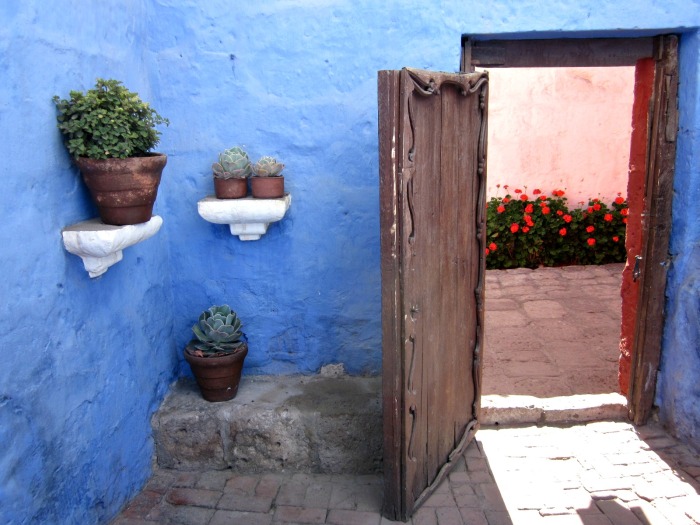 I was bitten by the travel bug at a young age. My mom has told me numerous times about how strange it felt to put her 5-year old daughter on a bus to go to a weekend Brownie Camp. I was small and shy but there was no way I wasn't going on that trip. Since then I've spent summers living in Quebec, New York, and Edinburgh, driven from one end of the United States to the other and back again, and spent 10 months backpacking and learning to weave in Peru, Argentina, and Bolivia. These trips and others have provided more creative fuel than probably anything else I've done.
I got the idea for my Edmonton postcards at breakfast place in New Orleans and I was inspired to start making paper mache organs after visiting a medical museum in Philadelphia. I started thinking about weaving at an art museum in Edinburgh, then went to South America with 'learn to weave' as my primary purpose and came home with the added benefit of understanding just how important creativity and making things was to me.
I was bitten by the travel bug at a young age. My mom has told me numerous times about how strange it felt to put her 5-year old daughter on a bus to go to a weekend Brownie Camp. I was small and shy but there was no way I wasn't going on that trip. Since then I've spent summers living in Quebec, New York, and Edinburgh, driven from one end of the United States to the other and back again, and spent 10 months backpacking and learning to weave in Peru, Argentina, and Bolivia. These trips and others have provided more creative fuel than probably anything else I've done.
I got the idea for my Edmonton postcards at breakfast place in New Orleans and I was inspired to start making paper mache organs after visiting a medical museum in Philadelphia. I started thinking about weaving at an art museum in Edinburgh, then went to South America with 'learn to weave' as my primary purpose and came home with the added benefit of understanding just how important creativity and making things was to me.
Why does travelling have such an impact on my creativity? In some ways it's the local culture that feeds me. Artists and artisans are influenced by and interested in different things in different parts of the world and seeing what else is out there has exposed me to new techniques, styles and subject matter. But even more important I think is the openness with which I visit these places. When I step into a gallery at home, it's usually in the context of my everyday life - it's a quick diversion from to-do lists and appointments and worries. I tend not to see things as clearly or be struck as deeply by what I do see. While travelling, though I often have a new set of worries on my mind, I tend to be more relaxed, and more engaged with my environment. Everything is new so everything demands my attention and there is a lot less everyday clutter to compete with for that attention.
Another reason that I'm more affected by what I see while travelling is that I am often alone. While I do love sharing my experiences with loved ones, there is a special sense of involvement that I get when I go alone. I am truly open to anything. In Edinburgh I visited their museum of history every few days and spent hours on each floor. There was no one to rush me, no one to influence my opinions. In South America I was free to follow any information or suggestion I received and wander without a plan. As a result, I just soaked it right up.
I'm not the only one who feels the special creative energy that comes from leaving home far behind. Many famous artists and writers (Pablo Picasso and Ernest Hemingway are two often stated examples) added to their creative output while abroad. Several studies have explored the effects of "distance", whether psychological or geographical, on creativity. In one, the researchers gave participants a task - see how many methods of transportation they could come up with - and divided them into two groups. The first group was told that the task was created by local students and the second was told that it was created by students studying abroad in Greece. The group that thought the task came from Greece came up with many more methods than the local group. This kind of blew my mind a bit, and the way I interpret this study (in my very unscientific way) is to realize that you don't even have to go anywhere to gain the cognitive benefits of travel. Just thinking about another place seems to do the trick.
This is great news for those of us who aren't able to travel whenever we want. It's been well over two years since coming home from my last trip and I'm itching to get out and explore again, though I'm much more restricted financially than I have been in a long time. While I have my fingers crossed that I'll be able to go on a trip in the spring, I need to find ways to fill my creative tank now. If you're longing for a creative jolt but can't manage a big trip right now, here are some ideas to get you in a travelling frame of mind:
- Read novels or memoirs that take place in far away places. I just finished The Ghost Bride which is set in Malaysia, and while much of the book takes place in the afterlife, it filled me with plenty of intriguing images and ideas.
- Go on weekend trips. We live three hours from the Rocky Mountains and we try to get out there as often as possible to go back country camping. While I don't feel the buzz of stimulation that I do in a foreign city, being out in the wilderness calms my mind and body like nothing else and gives me space to think through problems.
- Explore your own city. Try new restaurants (especially ethnic ones), go to new neighbourhoods shop in stores you've never visited. I find that used bookstores, coffee shops, and small galleries tend to give me the biggest hit of creative energy.
- Look through photo albums and journals from past trips. While most of my trip photos are stored on my laptop, I did manage to make a beautiful album about Edinburgh, with photos, sketches, and postcards from museums. Flipping through this book brings me back to the feeling of wide open inspiration that I felt there.
These are just some of the ways that travel and travel substitutes impact my creative life. How does travel impact your creativity? What do you do when you can't get away?
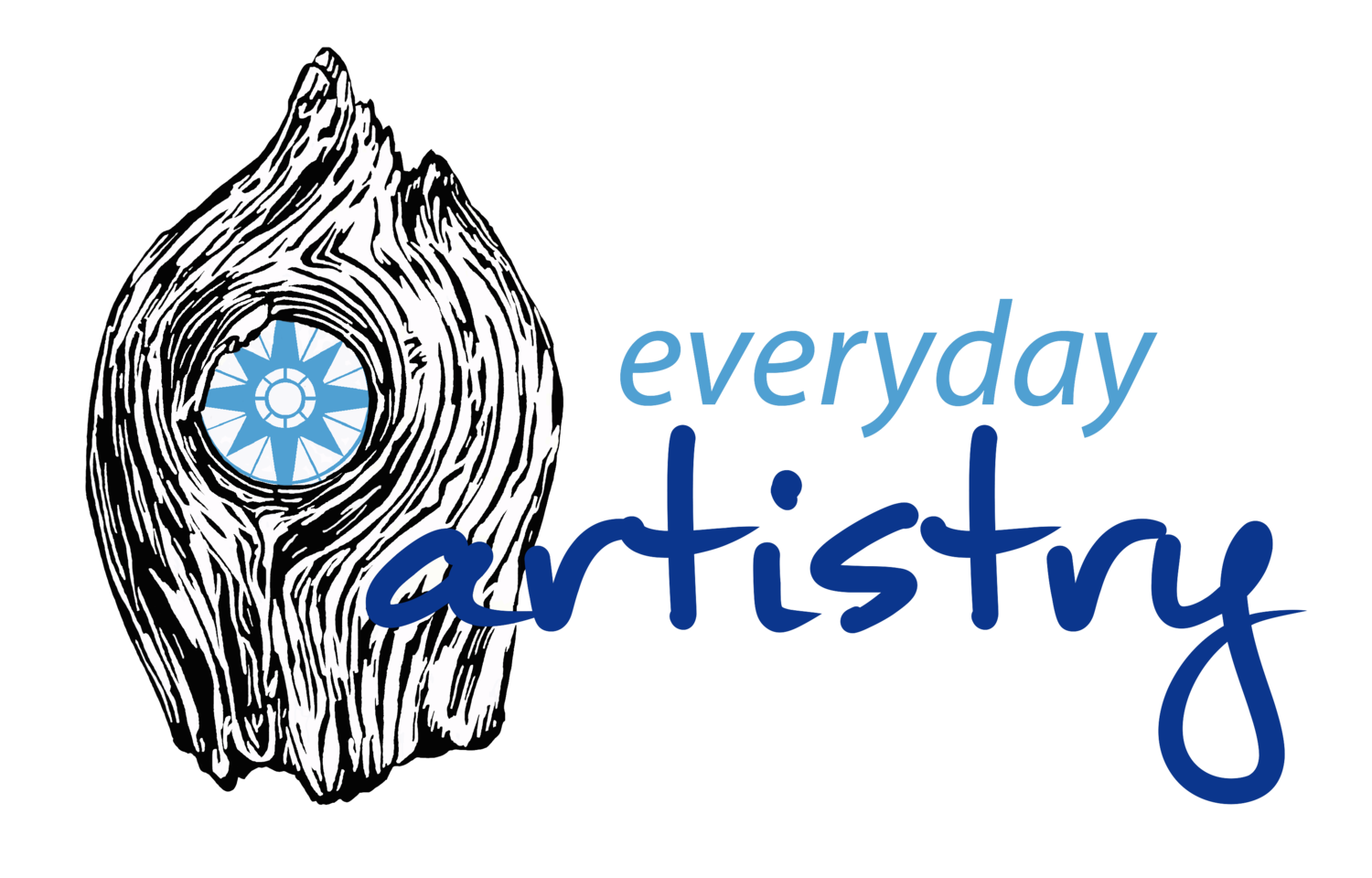
 Like many people, I collect objects and images and use them to decorate my home. Some have flown with me across oceans, some were made by friends and my boyfriend, and plenty are gifts from people I love. I have always loved having these objects out where I can see them - minimalism is definitely not for me. When I met my boyfriend and saw that his apartment was crowded with his own collection of objects of wonder, I knew that we would get along fine.
Sometimes I feel guilty for feeling so connected to objects, and I sometimes wonder - why these things? What is it about them that makes me never tire of looking at them?
Like many people, I collect objects and images and use them to decorate my home. Some have flown with me across oceans, some were made by friends and my boyfriend, and plenty are gifts from people I love. I have always loved having these objects out where I can see them - minimalism is definitely not for me. When I met my boyfriend and saw that his apartment was crowded with his own collection of objects of wonder, I knew that we would get along fine.
Sometimes I feel guilty for feeling so connected to objects, and I sometimes wonder - why these things? What is it about them that makes me never tire of looking at them?
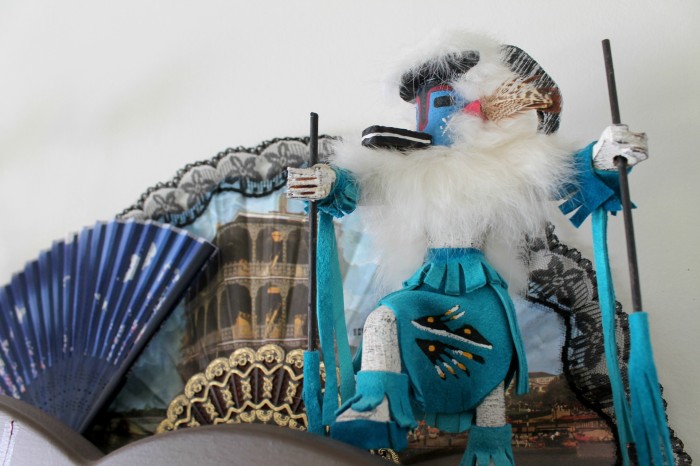
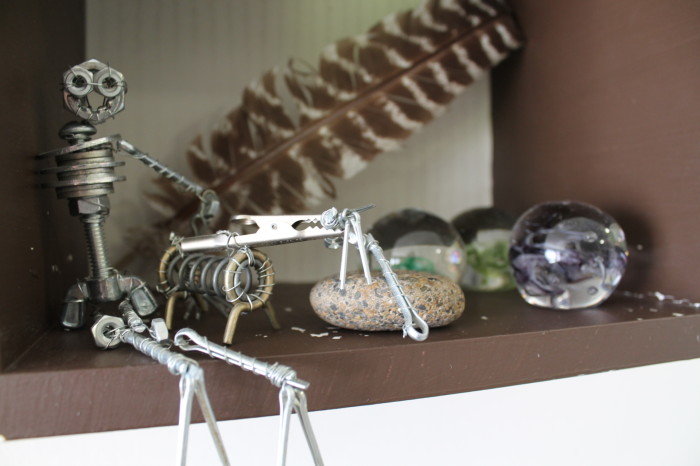
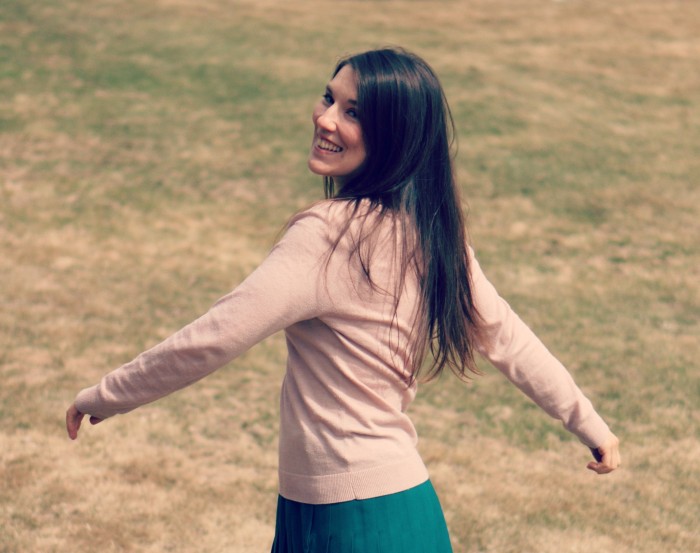
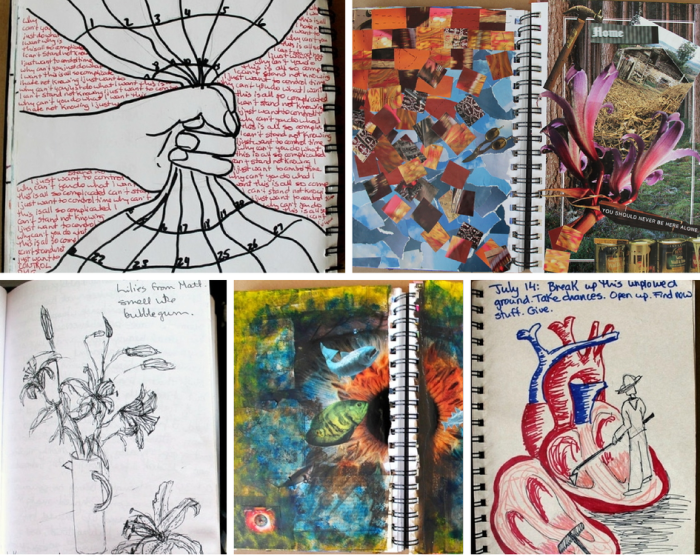 Last week I wrote about my
Last week I wrote about my 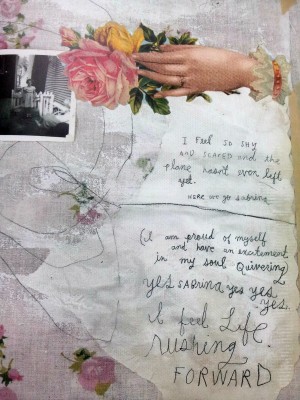
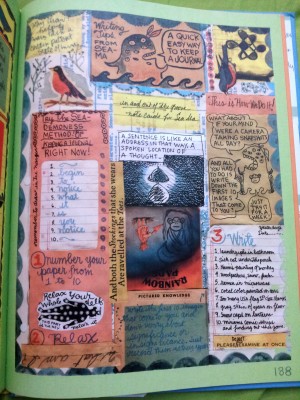

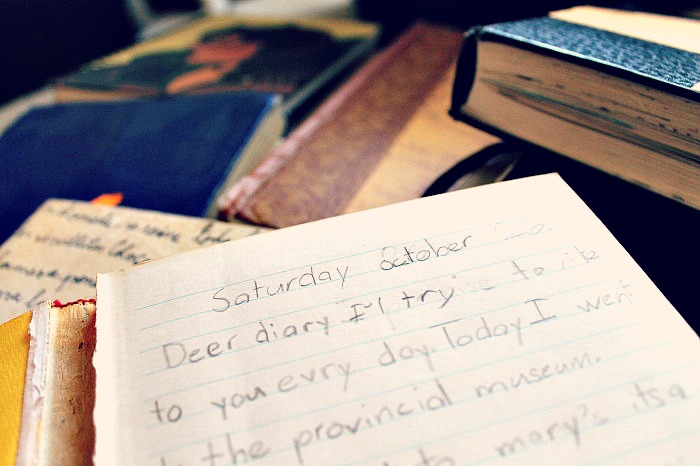 I have been keeping a journal of some kind since I was around 8 years old. I have always been afraid that if I didn't write things down my life would fade away from me and I would be left with nothing. My record-keeping has evolved over the years from a strict diary of daily events, to a dumping ground for negative emotions and self-hatred, to colourful experiments with poetry and drawing, to a record of my growth and progress and a celebration of life. I've gone from writing every day, to every week, to once a month, to everything in between.
I keep my diverse collection of books in a Rubbermaid bin that I drag from one home to another, and though I can't bear to read some of them, I wouldn't dream of letting them go. Without these books I honestly think I would be lost. They keep me in touch with myself and with all my past versions, and they constantly give me something to aspire to. Without these books holding me accountable to myself, I imagine that I would drift aimlessly through life with no intention or goals.
I have been keeping a journal of some kind since I was around 8 years old. I have always been afraid that if I didn't write things down my life would fade away from me and I would be left with nothing. My record-keeping has evolved over the years from a strict diary of daily events, to a dumping ground for negative emotions and self-hatred, to colourful experiments with poetry and drawing, to a record of my growth and progress and a celebration of life. I've gone from writing every day, to every week, to once a month, to everything in between.
I keep my diverse collection of books in a Rubbermaid bin that I drag from one home to another, and though I can't bear to read some of them, I wouldn't dream of letting them go. Without these books I honestly think I would be lost. They keep me in touch with myself and with all my past versions, and they constantly give me something to aspire to. Without these books holding me accountable to myself, I imagine that I would drift aimlessly through life with no intention or goals.




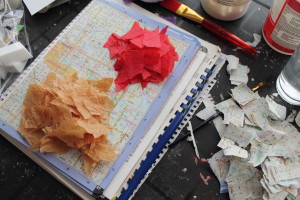
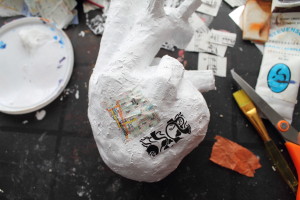
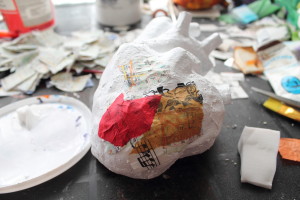


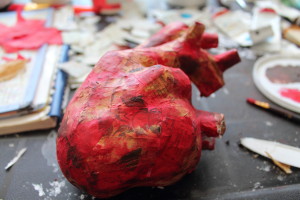
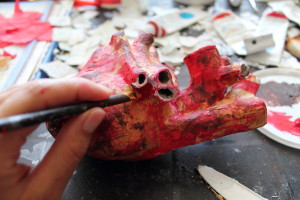
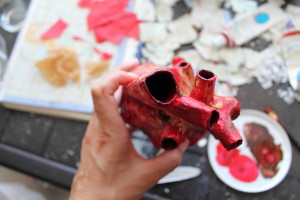


 Welcome to my very first creativity challenge!
Welcome to my very first creativity challenge!